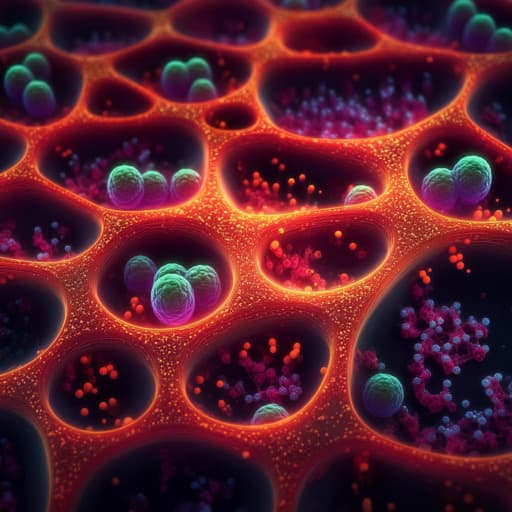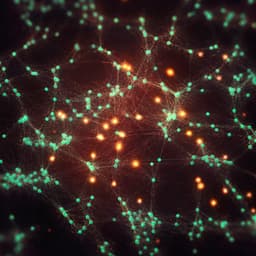
Engineering and Technology
Towards Novel Biomimetic In Vitro Models of the Blood-Brain Barrier for Drug Permeability Evaluation
I. Mármol, S. Abizanda-campo, et al.
Discover how recent advances in organ-on-chip brain models could revolutionize drug testing by accurately predicting drug permeability across the blood-brain barrier. This insightful review, conducted by Inés Mármol, Sara Abizanda-Campo, Jose M Ayuso, Ignacio Ochoa, and Sara Oliván, explores the potential of these innovative technologies in overcoming limitations of traditional drug evaluation methods.
~3 min • Beginner • English
Related Publications
Explore these studies to deepen your understanding of the subject.







